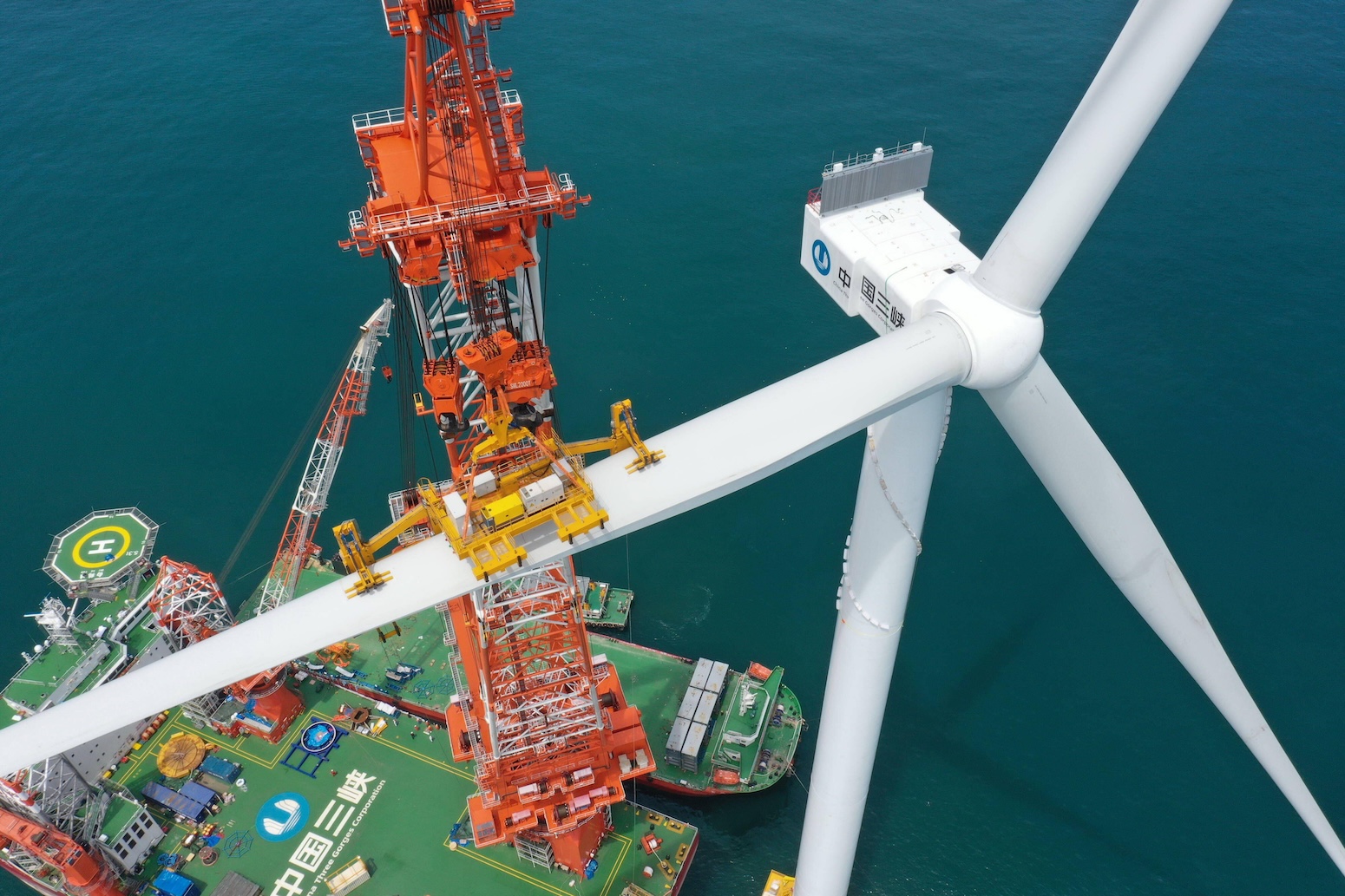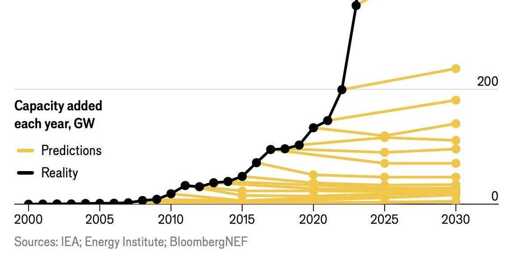- 11 Posts
- 184 Comments

Concern for human sustainability, in identical paralel to Maslow’s hierarchy of needs, can only exist if Cannibalism isn’t the obvious solution to your dumpster fire conditions. If human sustainability is not profitable to establishment, then you will be made to need Cannibalism.
an npm library to right pad strings is somewhere in there.

Gates has always backed long shot (scams) energy ventures. The most promissing, 2 years ago, was an electronic mass mirror alignment for achieving concentrated heat temperatures enough to disintegrate water into hydrogen. But seems to have gone nowhere.
Gates is also heavily invested in the SMR, and small scale fusion, scams. These scams always require lobbying/bribes to realize them, and Trump supports bribes and scams that produce energy that can’t compete on cost with fossil fuels. His “spend on mitigation instead of prevention” change is about a “bribery package” that includes flattering in order to get governmnent freebies for his scam energy.

It is both not useful and false to model GDP under global warming.
Higher insurance, higher HVAC energy consumption, higher food water and natural fiber prices, and higher reconstruction activity after floods, storms, forest fires all increase GDP. GDP doesn’t care if you are spending more to survive or buying a bigger yacht.
Death from disasters, heat, or unaffordable cost of living, and lower property values from both insurance costs and drought driven poor agriculture productivity is a loss in real wealth, where life/health is included in wealth.
Cost of global warming is only the latter, and cost of survival.

Ruth Porath (Google) also praised Trump energy policies.
Jensen, is furthermore all in on Skynet militarism and support for Palantir to mass surveil Americans. In addition to giving China the best tech to compete with US empire domination.
What makes Trump/GOP the worst participants in government is the pure oligarchist corruption. Loyalty+bribes equals full government support for their extortion power.

 5·23 days ago
5·23 days agoNot the usual power kite design which is more “air wing sail” shaped instead of parachute shaped. Use of helium balloon would make it less susceptible to fall to ground in wind lull.
Kites tend to make electrical power by changes in tension rather than tension. The air wing allows a cycle of power and depower movements to drive a motor. I don’t get how a parachute can do the same, though this would be good for boat propulsion.

It’s more in Europe, though I don’t have data. Just the last 10 years has had an incredible amount of +5-10C days, and eastern Atlantic/Arctic is warm in late fall.

 2·26 days ago
2·26 days agoprobably same article (archive doesn’t work) https://economictimes.indiatimes.com/small-biz/sustainability/a-flood-of-green-tech-from-china-is-upending-global-climate-politics/articleshow/125240596.cms
Renewables are cheap energy. EVs better value transportation that can also support energy grid/home. You are richer with access, even if you don’t make it yourself, and especially if you don’t have an expensive life in the future.
ok sign with middle finger…
my more practical finger binary system would have op show 6 beers. 3 beers would be thumb and forefinger. System is digits forward to enemy have missing fingers be 0, raised 1.

 51·1 month ago
51·1 month agoreinstalling OS is fairly easy. I expect utlities to “correct age error”.
One of the worst things about having DST at all is that it is not standardized through world. North America has not switched yet, and people making these announcements make me think my phone is broken.

 9·2 months ago
9·2 months agoThis paint is worth a lot. They should sell it. Apparently developed by them. Zero publications. How is it wired is the big question.

 6·2 months ago
6·2 months agoVW electric sales are up 47% in Europe this year. ICE car demand down to flat, though not sure about VW specific.

 5·2 months ago
5·2 months agoThere are a lot of videos on this renaissance. Maybe an advance in electronics will make it worthwhile in hardware.
One area ternary is investigated is LLMs/classification. Bitnet was the pioneer model…
Ebikes are what need this technology first. $2000/kwh battery is no problem if its under 3kg. even $3000/kwh is possible to consider. For cars, racing and super cars has to be first. Doubling range for 20x the battery cost is not, compared to 20%-40% the power to weight ratio for same range, on a car made to be superlight. Costs will follow scale, but mass production transport is not the first categories.
All of these datacenter deals are announced in GW. not in gpu units or gpu maker revenue. It’s part of the fuckery in deal disclosure, as definitely the GPU provider DGAFs about any of our power problems, and certainly some price per GPU is what they negotiate on.
AMD knows the bubble is going to burst
definitely not it. Anyone making better GPUs should be able to sell them at a price=performance level. LLMs themselves are forever. Running them on consumer level hardware with privacy is an attractive alternative to US military/Skynet allied OpenAI datacenters. That does mean smaller models than “skynet frontier”.
Reaching for other explantions.
CIA allied bankster money to keep OpenAI solvent with some side deal for AMD.
AMD needed a desperate deal to have lead Skynet developer use some of its GPUs instead of only Nvidia. For all the OpenAI committments, there is both massive risk of OpenAI bankruptcy, but also no matter how good other frontier models are/can be, waiting for OpenAI bankruptcy, and buying their datacenters, makes more sense than adding your own 20.5GW (with Oracle) of GPU/power demand, and outbidding OpenAI for GPUs from non-China sources. But its not as though MSFT/GOOG/META can’t outbid for GPUs, or not make better frontier or smaller open models. I could include mechaHitler for Skynet, but the funding pockets though large, seem as though its a marketing/investment headwind for whatever good technical achievements the mechaHitler models have done. MechaHitler AI has its own financing fuckery valuations with Elon share swaps.
Already Mac M3 ultra 512gb is a great LLM machine for very large LLMs (quantized frontier models). Nvidia and AMD will have larger vram consumer GPUs soon enough. Smarter competitors than OpenAI exist in the space, and smartness goes for better cost per benchmark point and per token.
GPT 5 pro is most expensive model in the world at $150/Mtokens output. A $2000 5090 will output the same tokens/cost in 90 days. With privacy or something you can rent to others without Skynet oppression data concerns. On an open small model that you can posttrain to be better at the domain you are interested in than GPT5 behemoth, and rentals that use whatever domain tailored model they want. But US mega corporations already offer 10x
OpenAI losses are accelerating, and expected 2023-2028 total of $45B, with (banskter/OPenAI optimistic) breakeven in 2029. Skynet military contracts of $1T is the prize. Competition to OpenAI can be forced to provide value through smaller model performance boosts that China (Mistral from France too) already actually has the best real world value models. The previous 5090 token output comparison, gets worse on 100x cheaper small open models that exist, but the privacy and posttraining benefits, priceless.
The common weak link in all of these circular financing deals is OpenAI. Except on this one, where AMD is the weaker side. Of course this makes the banksters pump AMD stock. People like to shout AI/LLM bubble, but OpenAI and MechaHitler going for Skynet is going to get a lot of powerful sustain. Still, Skynet ambition is opposite of best path to making money/useful models until US/Israel military payday.
That’s what I meant, though specs look great, and so “unconfident in execution of future roadmap” or cost/yield issues, but tsmc has history of success in new tech generations. OTOH, Rubin is sticking with 3nm as AMD goes for 2nm on the critical part.
Something is very wrong with this deal. Can know this without knowing any specifics of what’s wrong.
NVIDIA’s deal makes much more sense. Will use OpenAI revenue to buy shares in OpenAI and still profit if OpenAI goes bankrupt.
This is less a “vote of confidence” in AMD, because shit is free for OpenAI here. I too will buy all the AMD GPUs if you give me AMD stock of same or greater value. This deal structure actually makes AMD look terrible and unconfident in its product. But deal is not transparent enough.










returnPercentComplete =: 99 minimum lastTimeAsked + 1